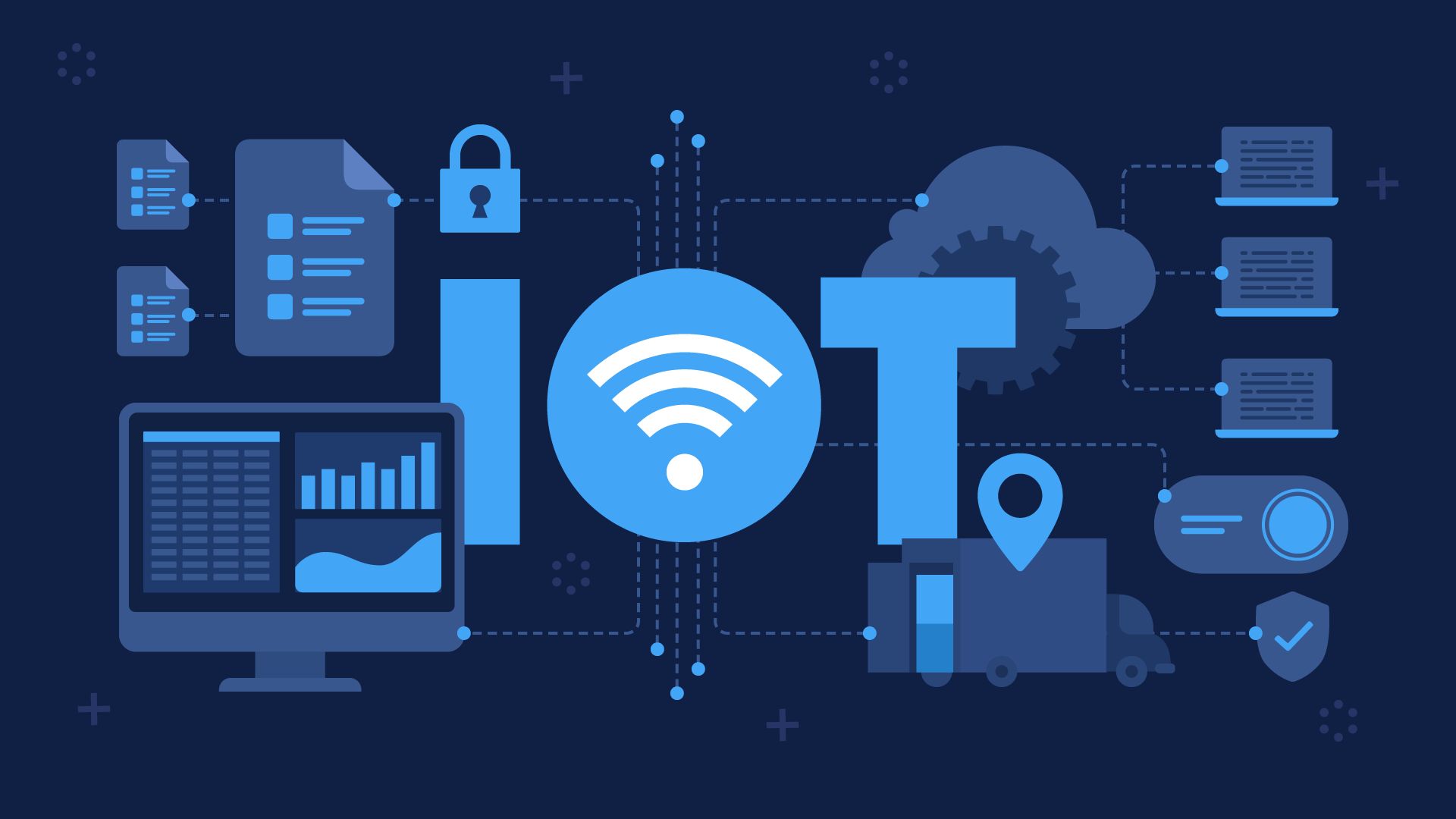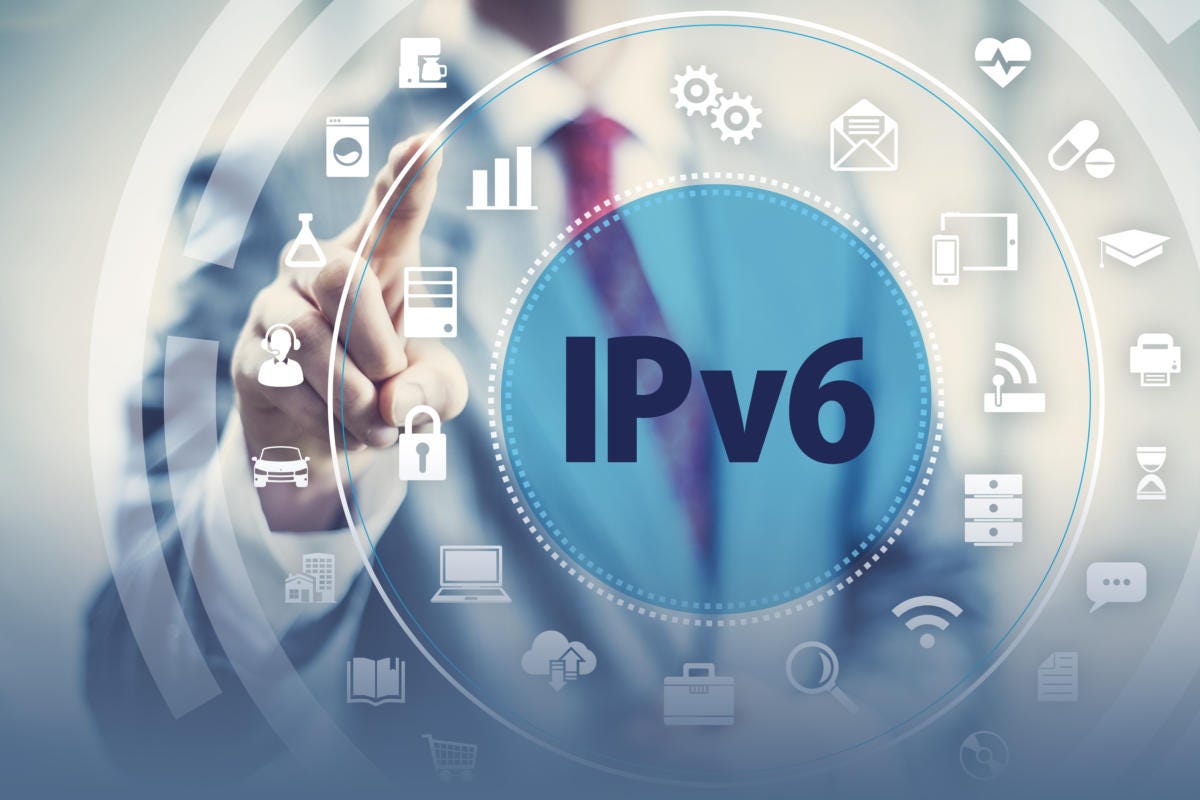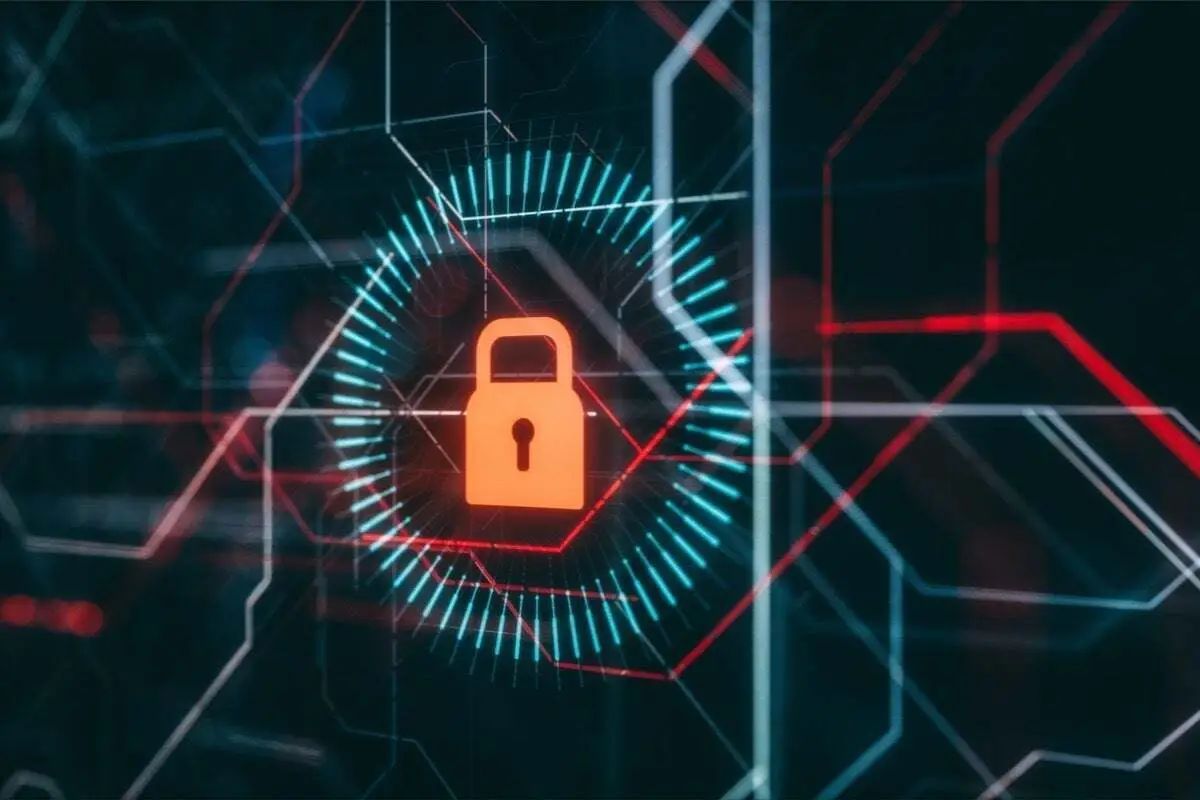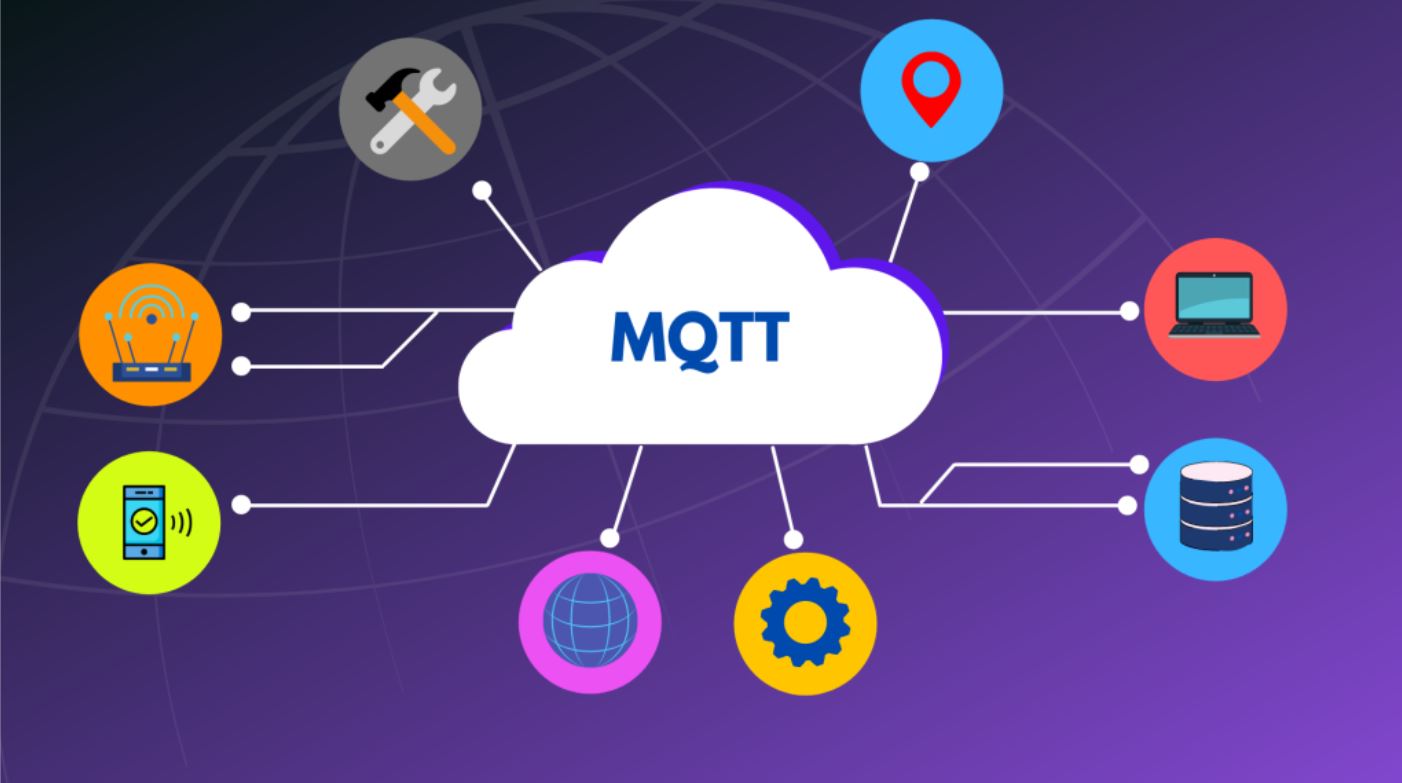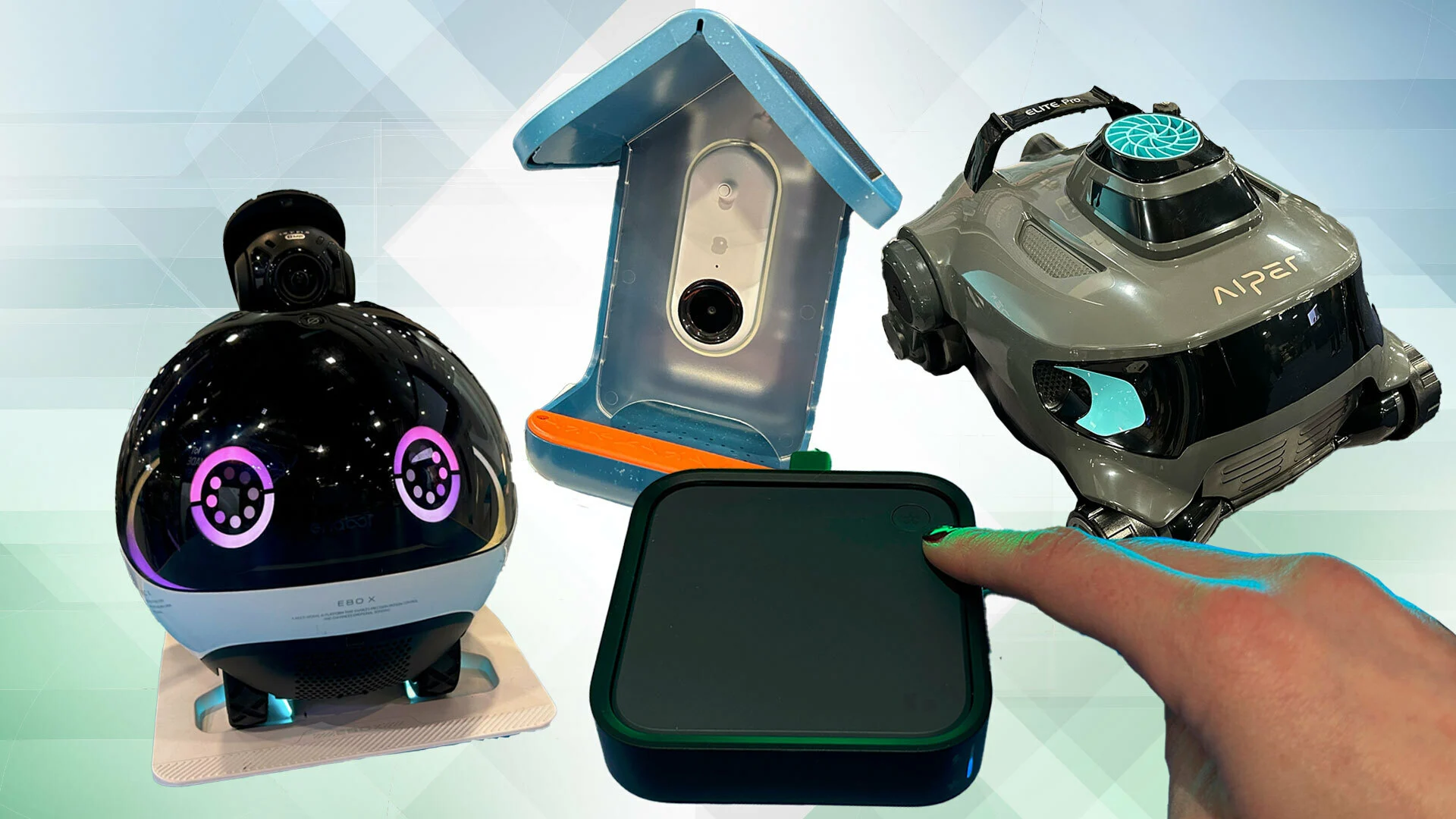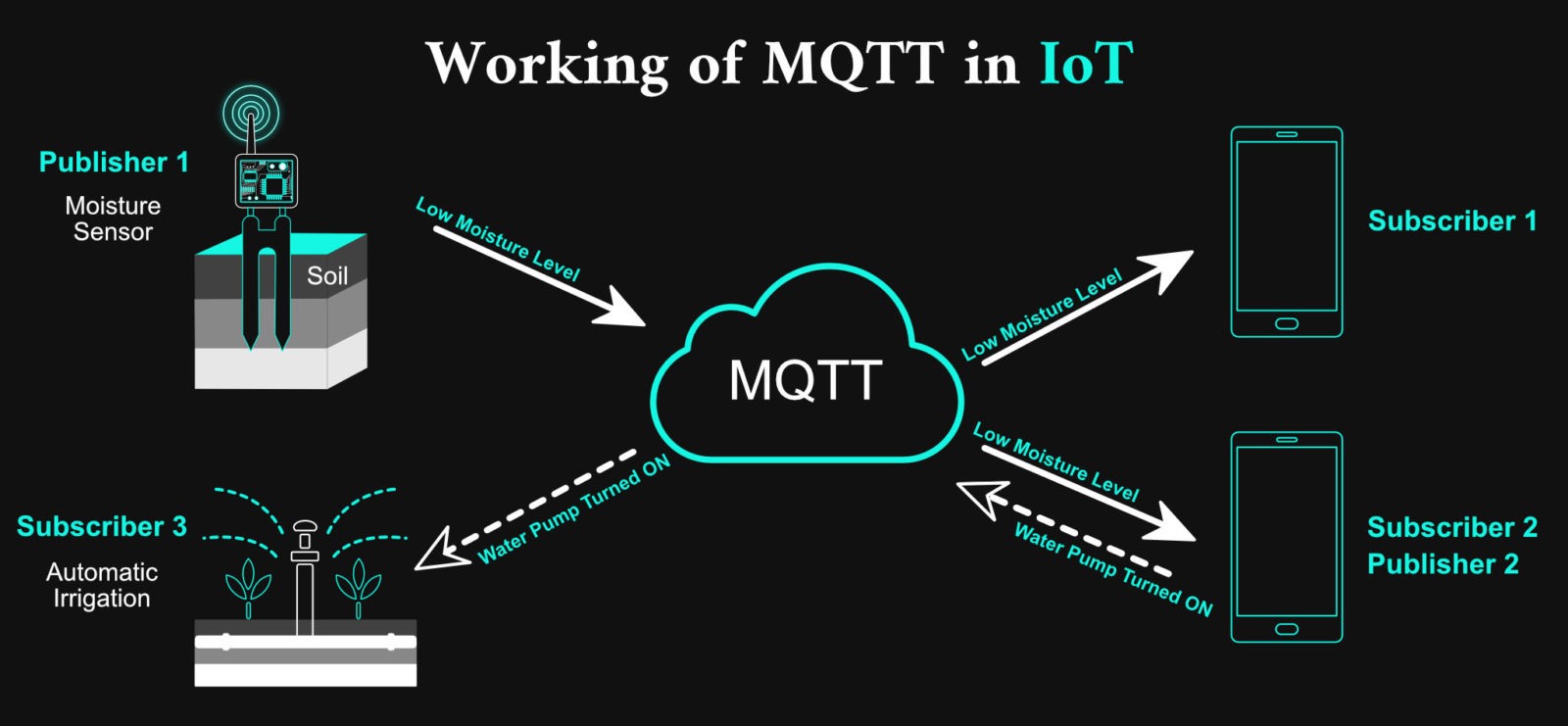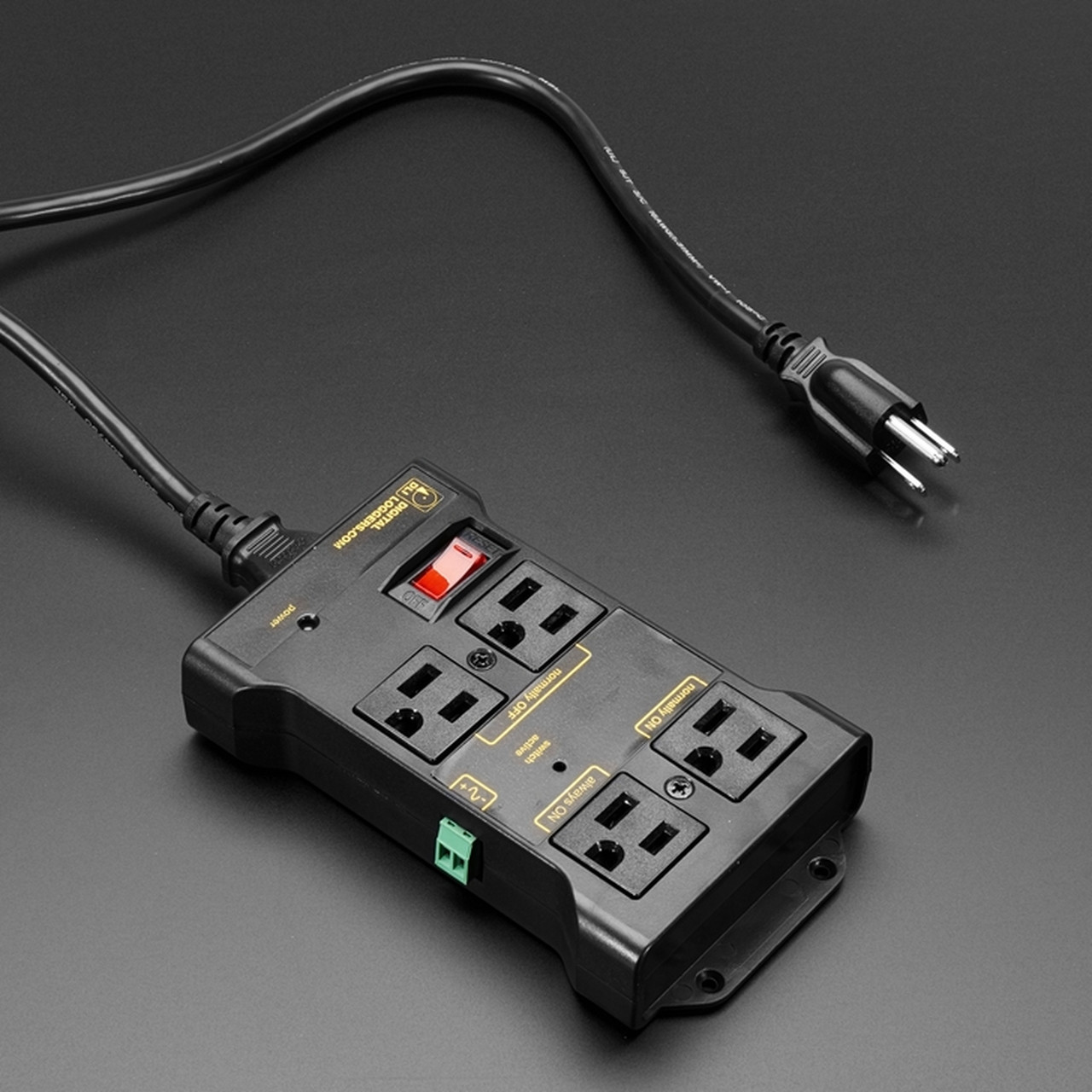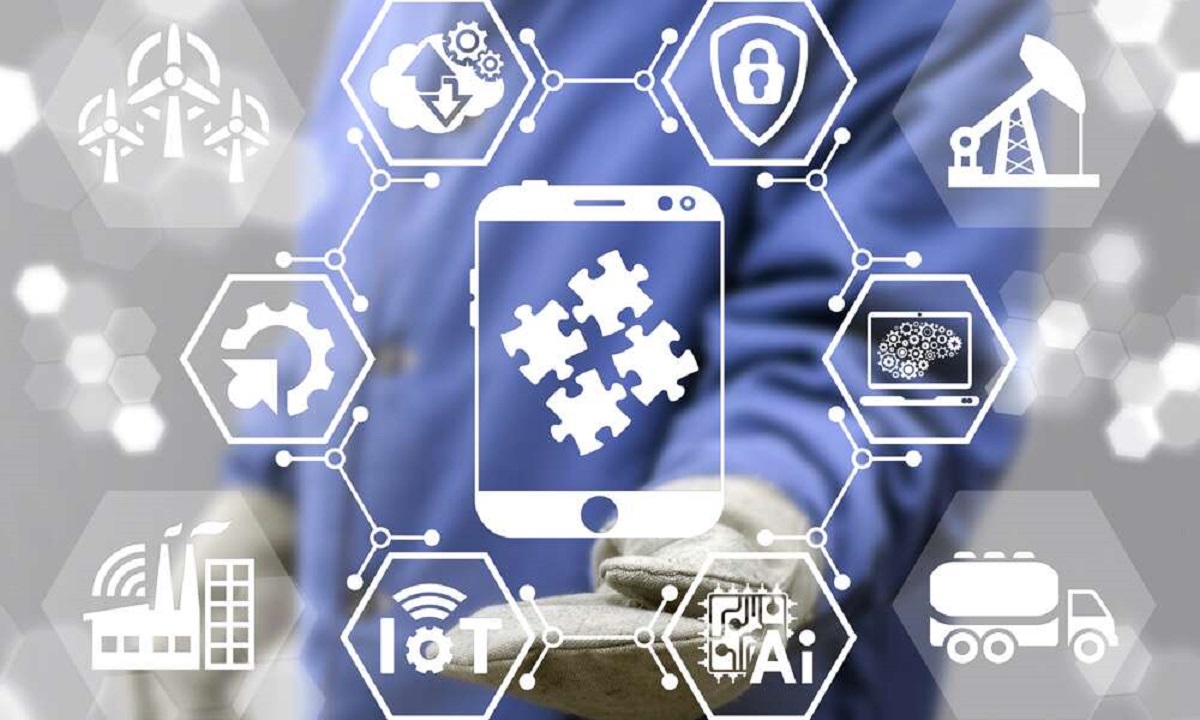Introduction
Welcome to the world of the Internet of Things (IoT), where everyday objects are connected to the internet, enabling them to collect and exchange data. In this rapidly evolving field, IoT technology is revolutionizing various industries, from healthcare and transportation to agriculture and manufacturing. At the core of the IoT are four primary systems that work together seamlessly to enable the functionality and capabilities of connected devices.
These four primary systems of IoT technology are: Sensing and Perception, Communication and Connectivity, Data Processing and Analytics, and Actuation and Control. Understanding each system is essential in grasping the fundamentals of IoT and how it can shape the future of our daily lives.
In this article, we will delve into each of these four primary systems and explore their significance in the IoT ecosystem. By gaining a deeper understanding of these systems, you will not only appreciate the complexity of IoT technology but also recognize the potential it holds for advancements in various industries.
So, let’s embark on this journey and explore the fascinating world of IoT technology and its primary systems!
System 1: Sensing and Perception
In the realm of IoT, the Sensing and Perception system serves as the foundation for capturing data from the physical world. This system includes various sensors and devices that collect information about the environment, such as temperature, humidity, motion, and light.
Sensors act as the senses of IoT devices, allowing them to perceive and understand the world around them. These sensors can be embedded in everyday objects, such as thermostats, smartwatches, or even streetlights. They convert physical phenomena into electrical signals that can be processed by the IoT system.
Furthermore, advancements in sensor technology have led to the development of more sophisticated sensors. For instance, we now have sensors capable of detecting air quality, sound, pressure, and even biometric data. These sensors enable IoT devices to gather a vast range of information, providing valuable insights into our surroundings.
Once the data is collected by the sensors, it is transmitted to the next system in the IoT ecosystem for processing and analysis. This transfer of data can occur through wired or wireless communication protocols, depending on the specific IoT application.
Overall, the Sensing and Perception system plays a crucial role in IoT technology by allowing devices to perceive and understand the physical world. Without this system, IoT devices would be unable to collect the data necessary for further analysis and decision-making.
System 2: Communication and Connectivity
In the IoT ecosystem, the Communication and Connectivity system serves as the bridge that enables seamless data transfer between devices, applications, and platforms. This system ensures that the collected data from the Sensing and Perception system can be transmitted and shared with other parts of the IoT infrastructure.
Communication and connectivity in IoT can occur through various protocols, including Wi-Fi, Bluetooth, cellular networks, and even satellite communication. These protocols allow IoT devices to establish connections and exchange data over short or long distances, depending on the specific requirements of the application.
One of the key challenges in IoT communication is interoperability, as devices from different manufacturers may utilize different communication protocols or standards. To address this challenge, standardization efforts are underway to establish common protocols and frameworks that enable seamless communication between devices. Examples of such efforts include MQTT (Message Queuing Telemetry Transport), CoAP (Constrained Application Protocol), and the emerging 5G technology.
Moreover, the Communication and Connectivity system also encompasses gateway devices or routers that facilitate communication between different types of networks. These gateways act as intermediaries, converting data from one protocol to another, ensuring compatibility and efficient data flow within the IoT infrastructure.
In essence, the Communication and Connectivity system is the backbone of IoT technology, enabling devices to exchange data and communicate effectively. Without this system, the vast network of connected devices would simply be isolated entities incapable of sharing information and collaborating towards a common goal.
System 3: Data Processing and Analytics
The Data Processing and Analytics system is responsible for transforming the raw data collected by IoT devices into meaningful insights that can drive informed decision-making. This system plays a crucial role in extracting valuable information from the vast amount of data generated by the IoT ecosystem.
Once the data is transmitted from the Sensing and Perception system to the Data Processing and Analytics system, it undergoes various processing techniques to clean, filter, and organize the information. This ensures that the data is accurate, reliable, and ready for analysis.
Data analysis in the IoT realm involves applying advanced algorithms and analytics tools to derive actionable insights from the collected data. These techniques can range from basic statistical analysis to more sophisticated methods such as machine learning and artificial intelligence.
The primary objective of data processing and analytics in IoT is to uncover patterns, trends, and anomalies within the data. This helps organizations or individuals make informed decisions, optimize processes, detect and prevent potential issues, and ultimately improve efficiency and effectiveness.
Furthermore, real-time analytics is gaining prominence in IoT applications, allowing organizations to process and analyze data as it is generated. This instantaneous analysis enables immediate response and action, enhancing the overall agility and responsiveness of IoT systems.
As the volume of IoT-generated data continues to grow exponentially, the Data Processing and Analytics system is instrumental in extracting valuable insights and ensuring that the right information is delivered to the right stakeholders at the right time.
System 4: Actuation and Control
The Actuation and Control system in IoT revolves around the ability to remotely control and manipulate physical devices based on the insights derived from data analysis. This system brings the digital world into the physical realm by enabling actions and interventions based on the information gathered by IoT devices.
IoT devices are not just passive data collectors; they are also capable of initiating actions and making changes in the physical world. This is achieved through actuation, which involves controlling actuators or devices that can perform specific actions, such as turning on or off switches, adjusting parameters, or triggering processes.
The Actuation and Control system utilizes the insights provided by the Data Processing and Analytics system to make informed decisions and take appropriate actions. For example, in a smart home scenario, if the data analysis detects that the temperature has reached a certain threshold, the Actuation and Control system can automatically trigger the HVAC system to adjust the temperature accordingly.
Moreover, actuation and control can also be performed in a two-way manner, where IoT devices not only receive commands but also provide feedback to the system. This feedback loop allows for continuous monitoring and adjustment of the physical devices based on the changing conditions and requirements.
In addition to remote control, the Actuation and Control system also plays a crucial role in automation, where predefined rules and algorithms govern the operation of IoT devices. These rules can be configured to enable autonomous decision-making and control without the need for manual intervention.
Overall, the Actuation and Control system completes the IoT ecosystem by transforming insights into actions, thereby enabling automation, optimization, and efficient utilization of connected devices in various applications and industries.
Conclusion
The four primary systems of IoT technology – Sensing and Perception, Communication and Connectivity, Data Processing and Analytics, and Actuation and Control – work together harmoniously to enable the functionality and capabilities of connected devices. Understanding these systems is essential in grasping the fundamentals of IoT and its potential to revolutionize industries across the globe.
The Sensing and Perception system acts as the senses of IoT devices, allowing them to collect data from the physical world. This data is then transmitted to the Communication and Connectivity system, which facilitates seamless data transfer between devices, applications, and platforms.
Once the data reaches the Data Processing and Analytics system, it undergoes various processing techniques to extract valuable insights. These insights drive informed decision-making and optimize processes, ultimately enhancing efficiency and effectiveness.
Lastly, the Actuation and Control system enables remote control and manipulation of physical devices based on the insights derived from data analysis. This system completes the IoT ecosystem by transforming insights into actions, resulting in automation and efficient utilization of connected devices.
As the IoT continues to evolve, these four primary systems will continue to play a vital role in shaping the future of technology. From smart homes and cities to healthcare and agriculture, the potential applications of IoT are vast and far-reaching.
By understanding and harnessing the capabilities of IoT technology, organizations can unlock new opportunities, improve operational efficiency, and deliver enhanced experiences to users. It is an exciting time to be part of this technological revolution and explore the endless possibilities that the IoT offers.







